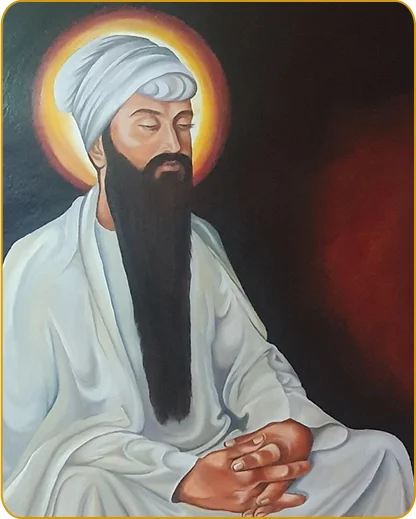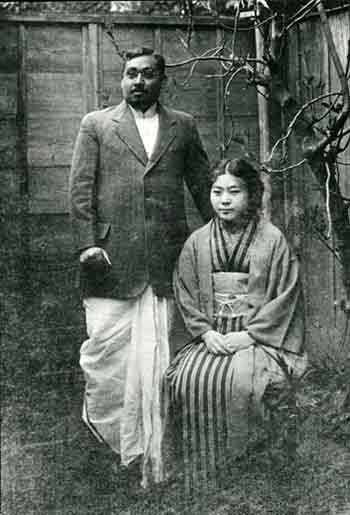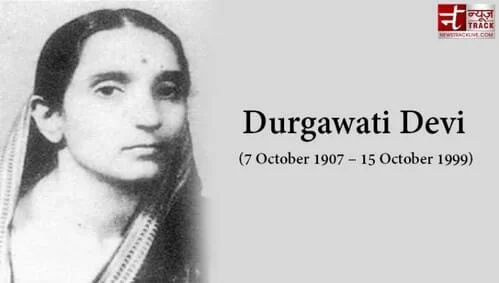Guru Ram Das, the fourth Sikh Guru, is one of the most revered figures in Sikhism. He played a significant role in shaping the Sikh faith and establishing important religious and cultural practices. His contributions have had a lasting impact on Sikhism and its followers. In this comprehensive overview, we will explore Guru Ram Das’s life, his major accomplishments, and his legacy.
Early Life and Background
Guru Ram Das was born on September 24, 1534, in Chuna Mandi, Lahore (now in Pakistan). His birth name was Jetha. He belonged to a humble family, and his early life was marked by struggles and challenges. Despite these difficulties, he was known for his humility, compassion, and dedication to serving others.
In his youth, Jetha met Guru Amar Das, the third Sikh Guru, and was deeply inspired by his teachings. He became a devoted disciple of Guru Amar Das and served him with great devotion.
Marriage and Elevation to Guruship
Jetha married Bibi Bhani, the youngest daughter of Guru Amar Das, in 1553. The marriage strengthened his relationship with the Guru and the Sikh community. Jetha’s dedication and service to Guru Amar Das and the Sikh faith were recognized, and he was chosen as the next Sikh Guru.
Jetha was given the name Guru Ram Das when he became the fourth Sikh Guru in 1574. His appointment as Guru was a smooth and peaceful transition, reflecting his deep respect and devotion to his predecessor and his adherence to Sikh principles.
Contributions and Accomplishments
- Founding of Amritsar: Guru Ram Das is credited with founding the city of Amritsar, which would later become the spiritual center of Sikhism. He established a tank (sacred pool) in Amritsar, which was an important step in the development of the city.
- Construction of the Harmandir Sahib (Golden Temple): Guru Ram Das initiated the construction of the Harmandir Sahib, the holiest shrine in Sikhism, in the center of the sacred pool in Amritsar. This temple, also known as the Golden Temple, symbolizes the core values of Sikhism, including equality and humility.
- Compositions in the Guru Granth Sahib: Guru Ram Das contributed several hymns (shabads) to the Guru Granth Sahib, the holy scripture of Sikhism. His compositions focus on themes of devotion, humility, and the importance of serving others.
- Langar (Community Kitchen): Guru Ram Das continued the tradition of langar, a community kitchen where free meals are served to all, regardless of caste, creed, or religion. This practice promotes equality and communal harmony.
- Establishing Centers for Preaching: Guru Ram Das established centers for preaching Sikhism in different parts of India. He sent missionaries to spread the teachings of Sikhism and establish places of worship.
Legacy and Influence
- Promoting Sikh Values: Guru Ram Das’s teachings emphasized humility, selfless service, and devotion to God. His legacy continues to inspire Sikhs to live according to these values.
- Golden Temple and Amritsar: The city of Amritsar and the Golden Temple remain central to Sikh identity and spirituality. The temple is a place of pilgrimage for Sikhs from around the world.
- Family Legacy: Guru Ram Das’s legacy was carried forward by his descendants, including his son and successor, Guru Arjan Dev, who further developed Sikhism and its traditions.
- Musical Influence: Guru Ram Das’s hymns in the Guru Granth Sahib are set to classical Indian music ragas. This has influenced Sikh religious music and the practice of kirtan (devotional singing).
Conclusion
Guru Ram Das’s life and teachings have had a profound and lasting impact on Sikhism. His dedication to serving others, promoting equality, and establishing important religious and cultural practices laid the foundation for the Sikh faith as it is known today. His contributions to Sikhism continue to inspire and guide Sikhs in their spiritual journey and pursuit of a just and compassionate world.






